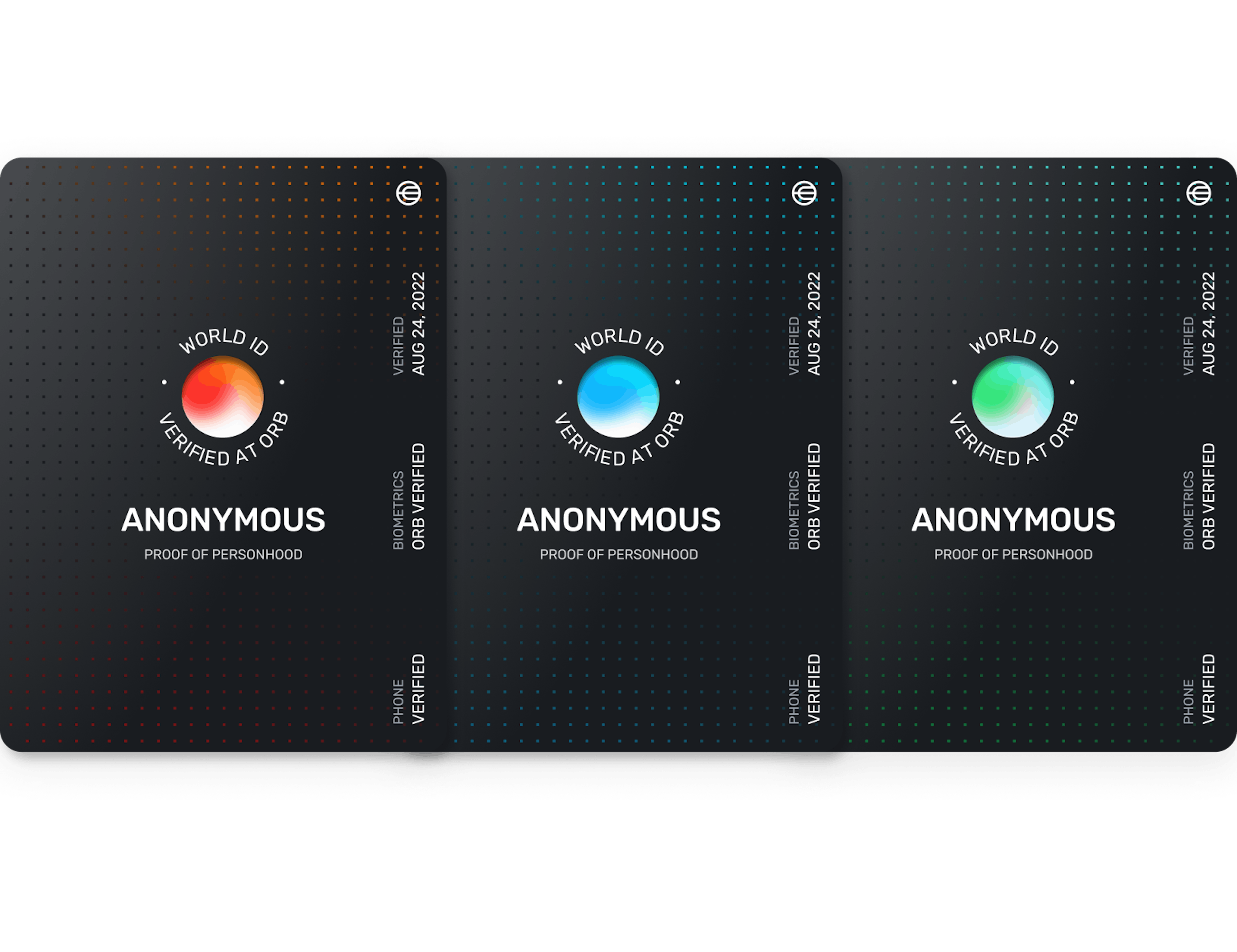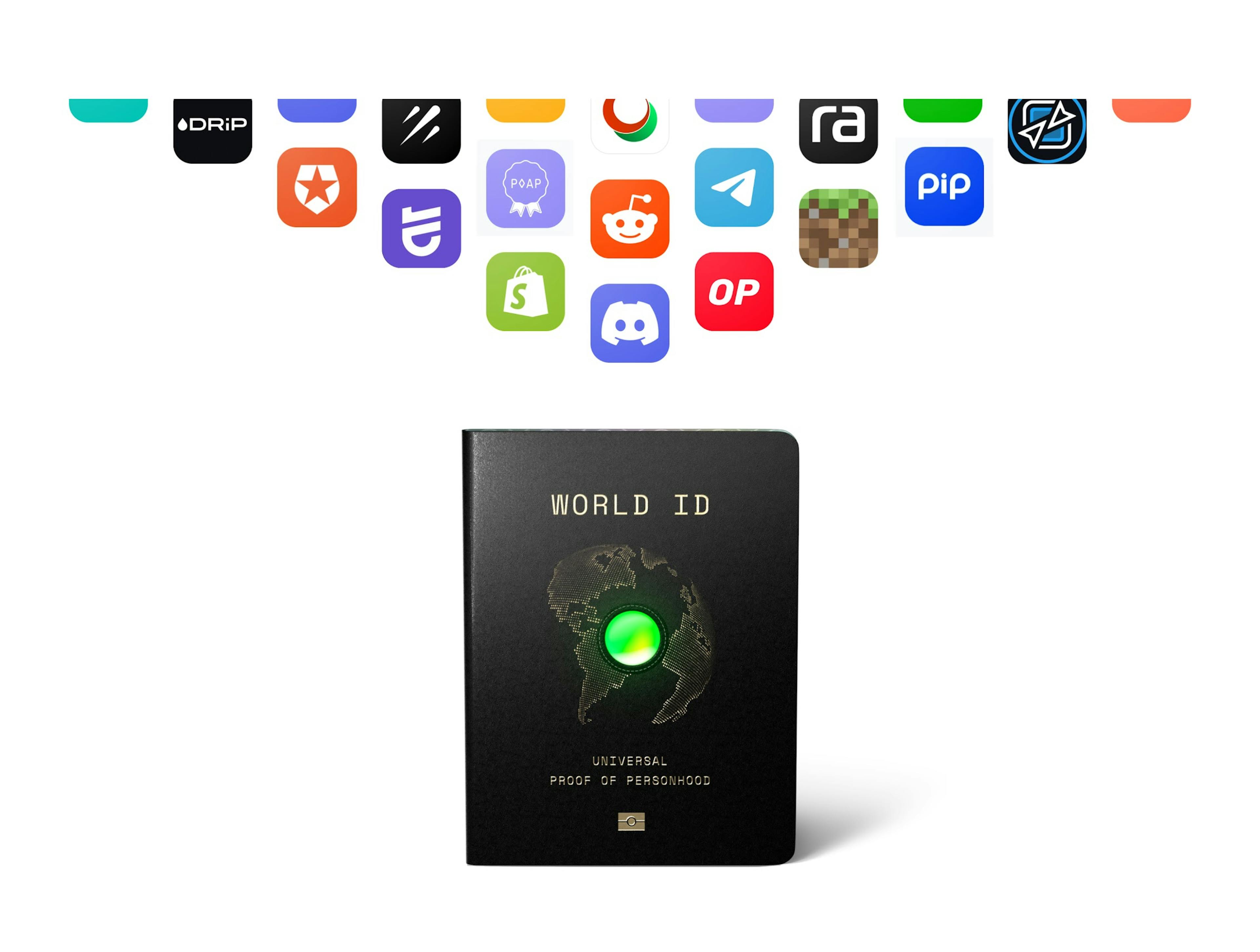- Blog
- Worldcoin Verstehen
- World ID FAQs
World ID FAQs

What is World ID?
World ID is a global identity protocol, powered by the Worldcoin ecosystem. It uses an AI-safe proof of personhood (PoP) credential issued by a custom biometric imaging device called the Orb to enable people to digitally prove their uniqueness and humanness. Importantly, it’s built in an open source, privacy-preserving and decentralized manner.
It may be easiest to think of World ID as a global digital passport that grants individuals a privacy-preserving way to authenticate as human online in a world where intelligence is no longer a discriminator between people and AI.
How is World ID issued?
A World ID can be created in any World ID compatible identity wallet, such as World App developed by ecosystem contributor Tools for Humanity. To receive a fully verified World ID, a person must visit an Orb in-person to verify their uniqueness and humanness via iris biometrics.
The Orb takes, processes and, by default, promptly deletes iris images on-device in order to create an iris code, which is a numerical representation of the texture of an iris. Absent explicit user consent otherwise, a message containing the iris code is the only output from this process. The iris code that the Orb outputs is compared against all other iris codes previously generated by all other Orbs. If the person has not been verified before, their World ID (which is generated on their device) is added to the list of verified World IDs.
A more complete verification guide can be found here, including information on available opt-in image back ups and ways to receive a functionally-limited World ID without biometric verification.
Is the use of World ID linked to personal or biometric data?
World ID is designed to enable anonymous actions. It is not connected to your wallet—both are separate accounts with separate keys that serve different purposes. Anyone can use World ID without providing information such as names, email addresses, phone numbers, social profiles, etc.
A person’s World ID is generated on the user’s device before any biometric checks take place. Biometrics are only used to verify a person’s World ID and (if necessary) to recover it, and the underlying biometric data is not shared with any third-party when using World ID.
Actions taken with World ID are not linked to a person's iris images or iris code, and third parties cannot link different actions taken with someone’s World ID through the World ID data.
What tools are used to protect privacy when using World ID?
When a person uses their World ID, a zero-knowledge proof (ZKP) is used to prevent third parties from knowing the person’s public key or tracking the person across applications. ZKPs also protect the use of World ID from being tied to any biometric data or the iris code of the person.
World ID uses an open source protocol known as Semaphore that, among other things, confirms the World ID data itself cannot be tracked to a person’s identity nor to verifications in other applications.
An introduction to privacy at Worldcoin can be found here, and a technical deep dive on privacy can be found here.
More information
For more information about World ID, visit our World ID page and developer docs. You can also join the World ID SDK waitlist here.
You can join the Worldcoin conversation on Twitter, Discord and Telegram, and sign up for the Worldcoin blog newsletter at the bottom of this page to stay up to date on the protocol’s latest developments.
The above content speaks only as of the date indicated. Further, it is subject to risks, uncertainties and assumptions, and so may be incorrect and may change without notice. A full disclaimer can be found in our Terms of Use and Important User Information can be found on our Risks page.
